Air Force Materiel Command boss Gen. Arnold Bunch retired Monday after a nearly 40-year military career. Bunch started out as a B-52H Stratofortress bomber pilot and rose to become the senior uniformed airman in the acquisition, test and sustainment community. He will now begin a new chapter leading the Hamblen County Public School System in Tennessee. Bunch discussed his outlook on military systems procurement in a May 9 interview with Air Force Times. This interview was edited for length and clarity.
Q: In the past four decades, you’ve risen to the top of Air Force acquisition. What hindsight does that bird’s eye view offer?
A: There are always things you can go back and look at, but a lot of people made the best decisions they could at the time. I’m proud of where we’re going with our digital campaign and what we’re trying to do to get after software. I continue to be proud of the men and women that I get the privilege of working for. It doesn’t always go perfectly, but the proudest part is watching what they’ve done, how they’ve responded, and what they can do if you actually take the handcuffs off.
When the coronavirus pandemic started, they needed a way to transport COVID-positive service members. I got an email and, three weeks later, we approved an interim system to fly on C-17s. Then we started a whole new program, and within a couple of months, we had a brand-new system that we prototyped and built, did the engineering analysis, tested and redesigned it and still had it out in the field in that timeframe. We can move at the speed of technology and relevance. We’ve just got to get everybody aligned and working together to make it happen.
RELATED
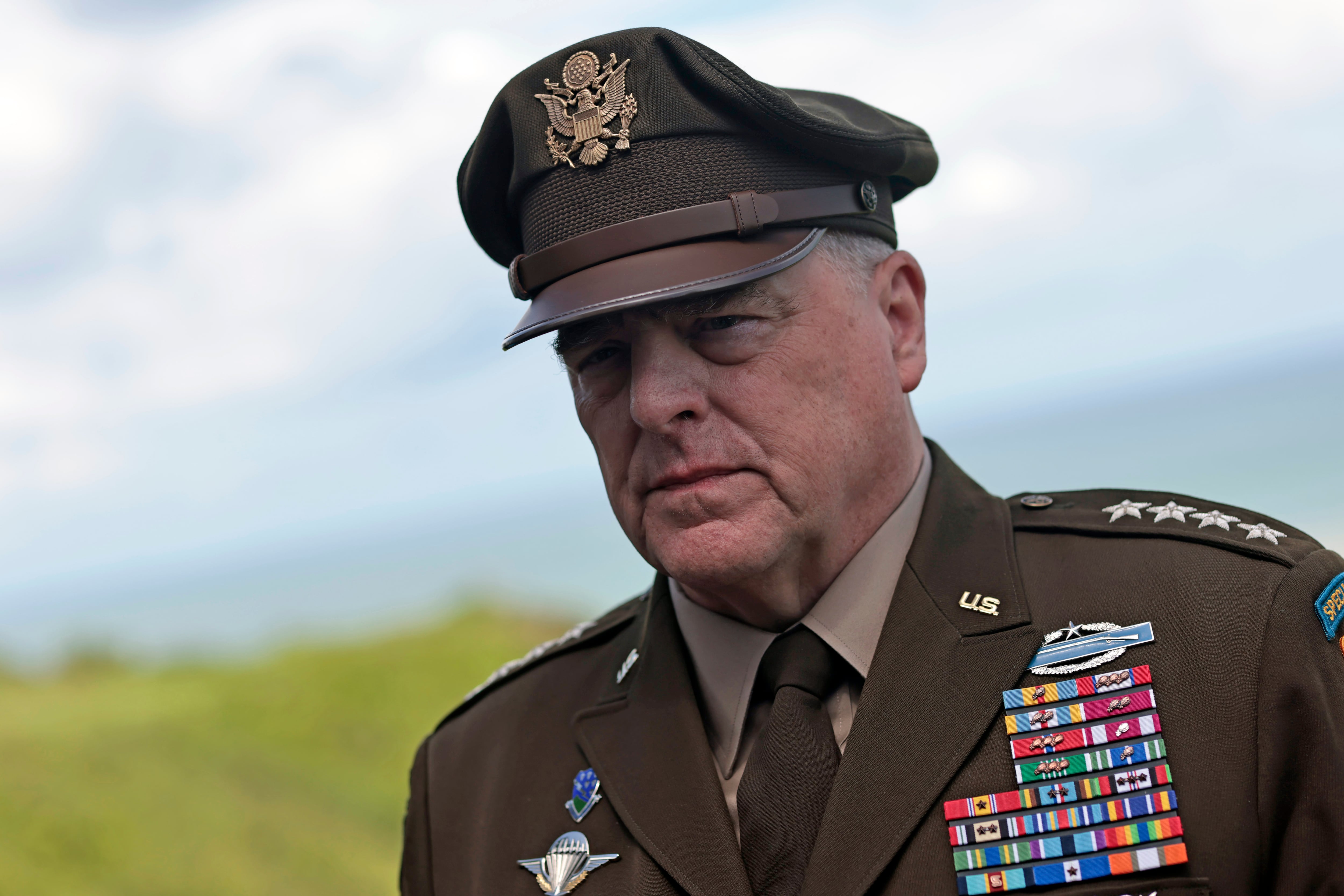
Q: What have you learned from responding to materiel needs during the pandemic as well as the war in Ukraine?
A: I heard a senior leader say, “It’s amazing what we can do when we find ourselves in a crisis. Maybe we ought to create our own crisis every day so we get everybody moving at that speed.” Whether you’re doing a contract, managing money, working in the Child Development Center or doing a test program, every one of those contributes to making sure that airmen are focused and operating with that sense. You’ve got to bring the operational testers, the developmental testers, the maintainers. You’ve got to communicate what the priorities are and make sure you’re moving in that direction.
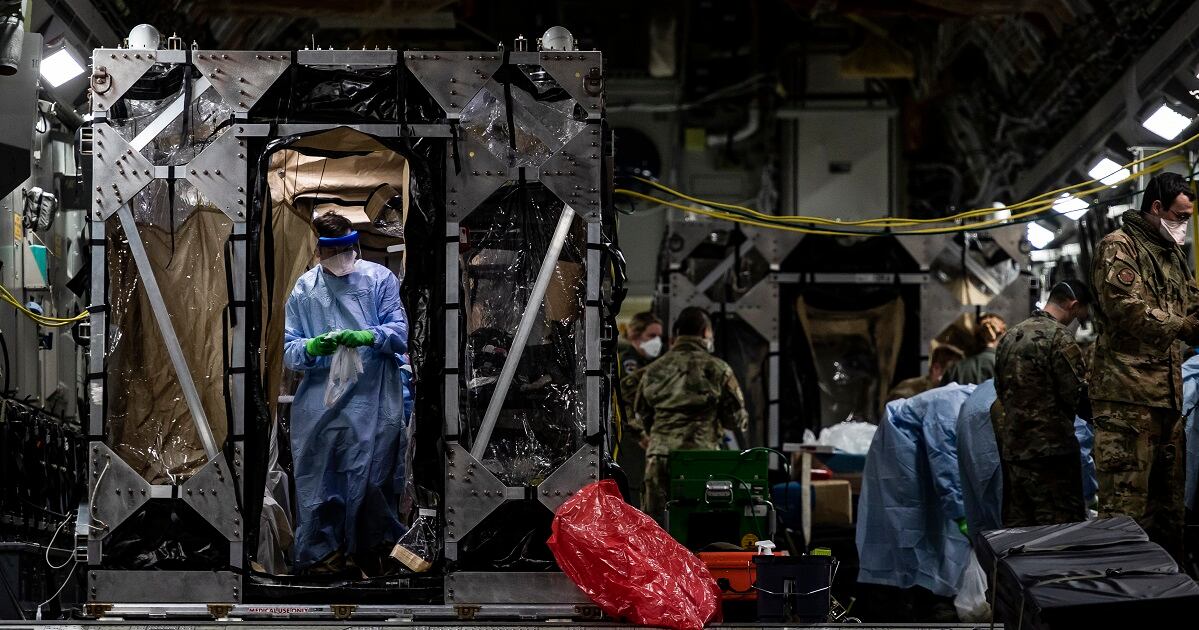
That is how we’ve done the support for Ukraine, with some of the shipping we’ve done, with the work we’ve done on the Mi-17 helicopters, with the other efforts that we’ve got.
Q: Has the Air Force’s efforts to send weapons and other resources to the Ukrainian military made you think about foreign military sales differently?
A: Allies and partners can’t just be a line in the National Defense Strategy. What capabilities are we willing to share with all of our allies, but particularly, with our closest allies?
When you look at AUKUS (the Australia-United Kingdom-United States trilateral military partnership) and what we shared there with submarines, what do we have within the Air Force inventory that we should be sharing with the Australians and the United Kingdom? I think there’s some more opportunities there that we can look at. We also have to continue to look beyond those two very close partners and allies at, how do we share some of the technology with others so that we can make things happen? If we can share submarine technology, we ought to be able to share almost everything.
RELATED
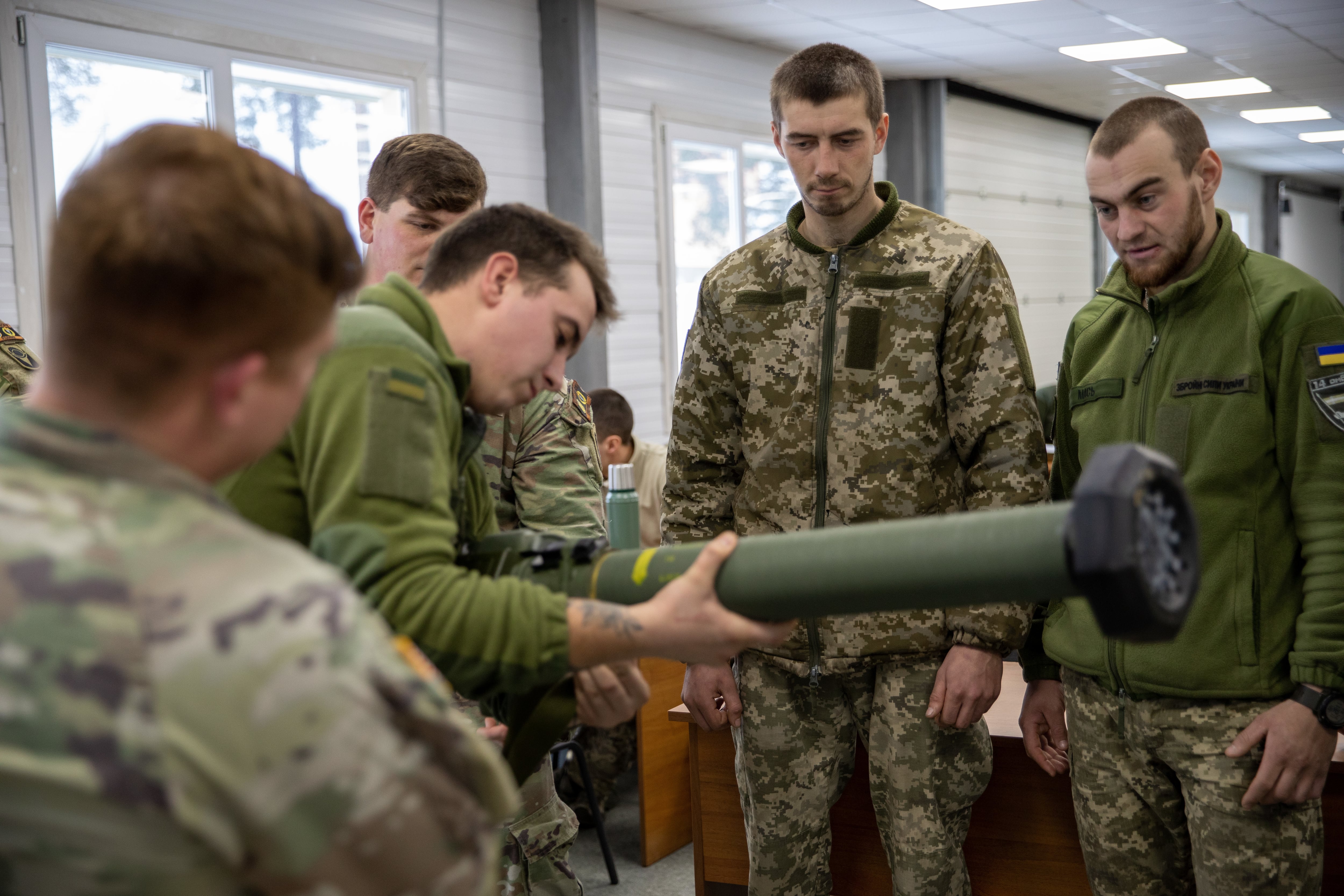
Q: What couldn’t you get done that you’ll pass on to your successor Gen. Duke Richardson?
A: I’m going to recommend we continue our diversity, equity, inclusion and accessibility efforts. I think we’re far out in front of the rest of the Air Force on using data analytics to look for barriers, on discipline for non-uniformed and uniformed airmen. We have a slow cooker issue that a lot of people want to solve with a microwave oven. It will take time to create and build on this foundation. If we pivot away from it now, people will lose faith.

Software factories are popping up all over the place. I want to retain their innovative nature, but we have to create a methodology to make sure we’re sharing lessons learned, and how to recruit and retain the right talent.
RELATED

Q: How do you think AFMC’s mission and manpower needs will change in the next five to 10 years?
A: We’ve started a lot of programs without any manpower coming in and caused a lot of programs to not be properly manned. As we look at software, artificial intelligence, autonomy, machine learning and quantum computing, I think it will change the skill set over time that we need to recruit and we need to retain. When you lose an airman, don’t just hire the job set that you had before, like a mechanical engineer. Analyze it and determine, do I need another mechanical engineer? Or do I need a data analyst, or an artificial intelligence expert?
I’m not ready to say that we would be able to reduce manpower through automation. We would be able to get the mission done without as much of it being on the backs of our airmen. We developed a robotic process at Hanscom that can take an ID card from people that want to come on the base, scans that and sends it to all 50 state law enforcement databases. It will tell you if the individual has anything on their record. That alleviates workload on our security forces.
RELATED
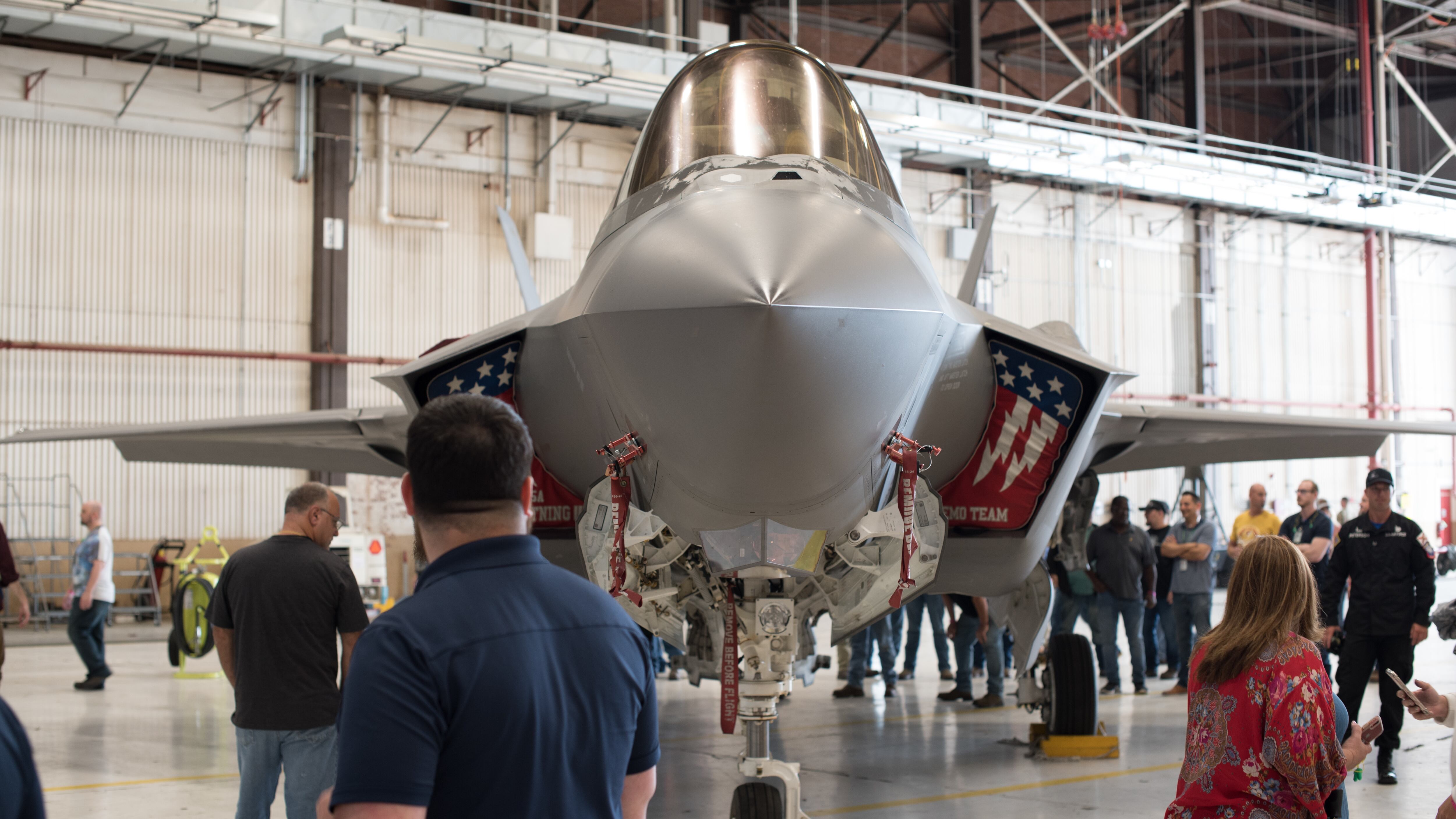
Q: How can AFMC build on lessons learned from dysfunction in the KC-46 tanker program, sustainment contracts, etc?
A: When you would fly a mission — particularly if it did not go well — you would have a very frank mission debrief about how something got goobered up, but you didn’t hold it against anybody. We’ve got to do something similar in acquisition. We’ve got to be willing to share those lessons learned, so that we can pass them down to the next generation so they don’t relive the same issues.

Q: What do you see as the future of the reform initiatives that were spearheaded by people like former Air Force acquisition boss Will Roper?
A: We have embraced a lot of those things and I see them moving forward. AFWERX, Dr. Roper got that up and running and I think we’re still moving out in that direction. It’ll probably get tweaked a little bit. We stood up the Rapid Sustainment Office — it’s still running, it’s proving its viability. They may not look exactly the way they started or what they wanted them to be, but a lot of those ideas are still moving forward.
RELATED
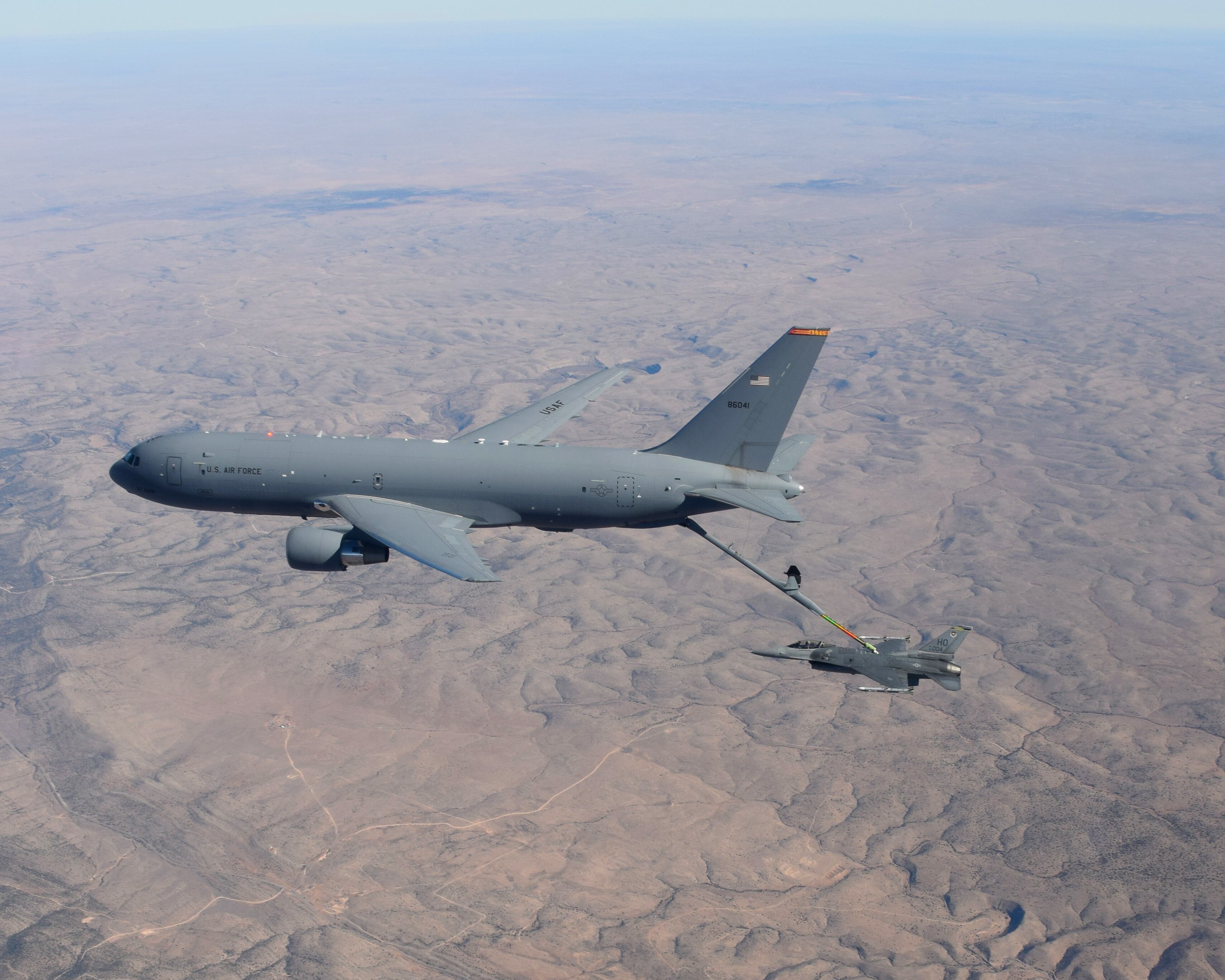
Q: How would you say the “vanguard” programs are faring now?
A: I see it sticking around. I think Air Force Secretary Frank Kendall will look at it as we go into this year’s [program objective memorandum].
Golden Horde didn’t immediately transition into a program of record. It doesn’t mean that it can’t later, doesn’t mean that certain components of what we did in that digital environment haven’t been plucked out and moved over into other programs to capitalize on them. What we also get out of Golden Horde that I view as a success is, we now have a digital environment at Eglin Air Force Base, Florida, where we can bring in weapons ideas and rapidly look at them to determine whether there’s a return on investment or not.
There is a reticence to take that much risk with the budget to put in a program of record, based on the way that, overall, our budgetary process works and how much specificity people want before we start a program of record. Would OSD have scarfed that up, or would Congress have marked that because it wasn’t well enough defined? Those are dialogues we have to have for the future as we push these things out.
Rachel Cohen is the editor of Air Force Times. She joined the publication as its senior reporter in March 2021. Her work has appeared in the Washington Post, the Frederick News-Post (Md.), Air and Space Forces Magazine, Inside Defense, Inside Health Policy and elsewhere.





